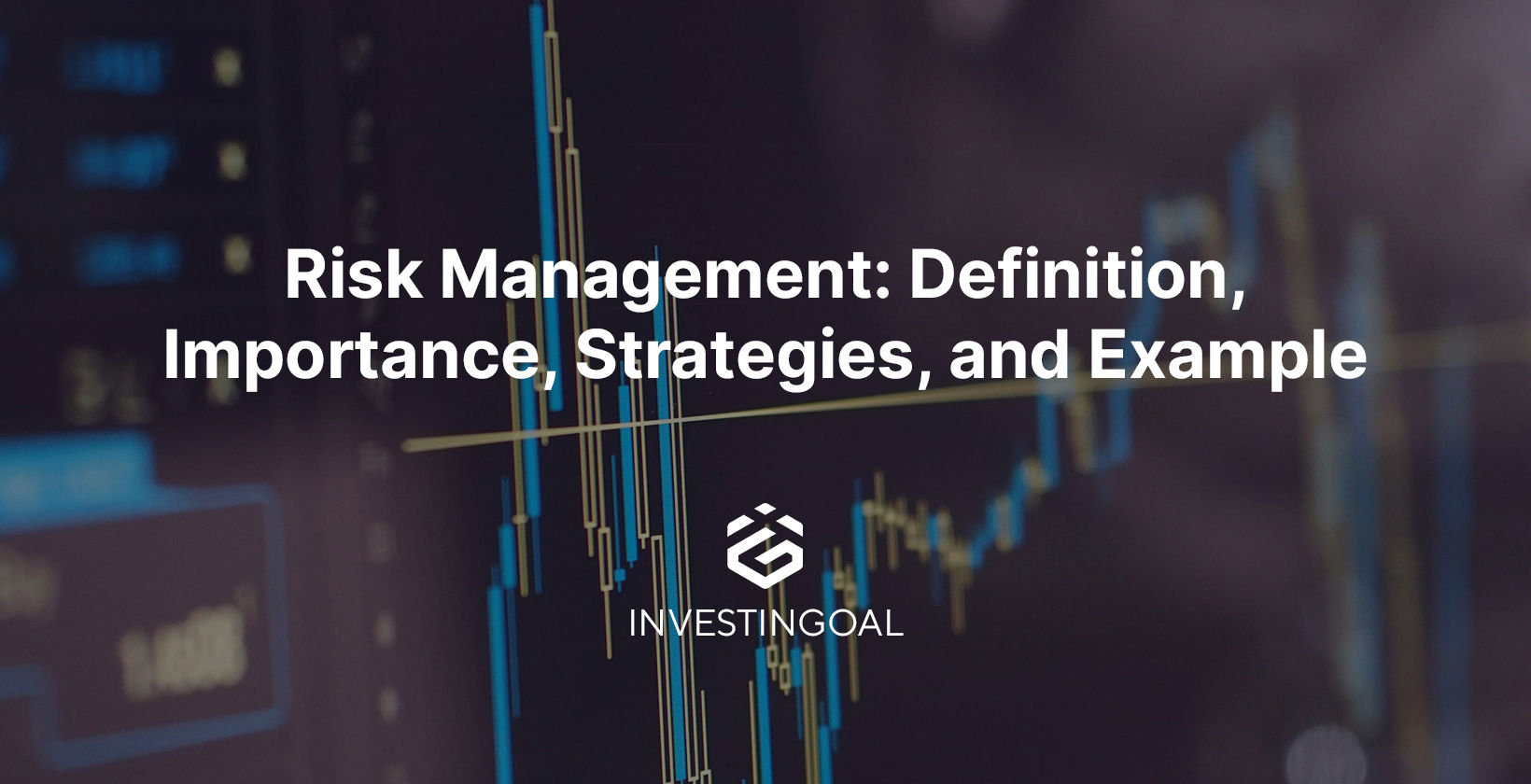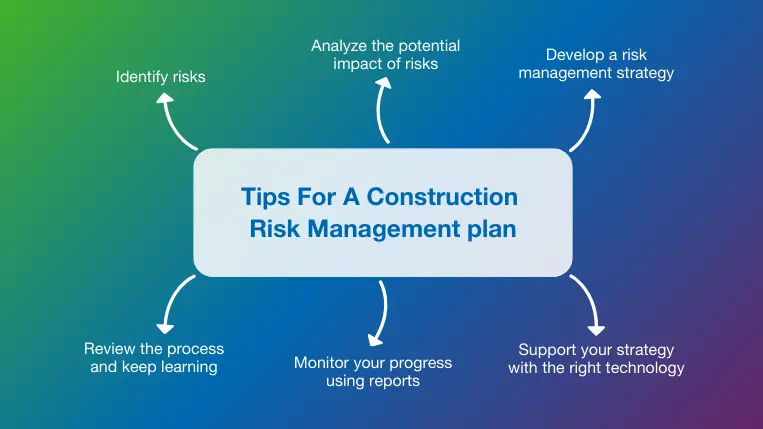The Crucial Importance of Risk Management in Protecting Corporate Assets
The Crucial Importance of Risk Management in Protecting Corporate Assets
Blog Article
Exploring the Relevance of Risk Management for Effective Decision-Making Approaches
In the detailed world of company, Risk Management emerges as a crucial variable in the decision-making process. The capability to identify prospective hazards and opportunities, and plan accordingly, can mean the distinction in between success and failure.
Comprehending the Concept of Risk Management
Risk Management, a crucial part in decision-making, is usually misconstrued or oversimplified. Risk Management entails self-displined and organized approaches, making use of data and informative assessments. From financial unpredictabilities, lawful obligations, strategic Management mistakes, to mishaps and all-natural disasters, it resolves various threats - importance of risk management.
The Role of Risk Management in Decision-Making Processes
In the realm of tactical planning and business operations, Risk Management plays an important function in decision-making processes. Risk Management hence ends up being a crucial tool in decision-making, helping leaders to make enlightened selections based on a comprehensive understanding of the risks involved. Risk Management serves as an important component in the decision-making procedures of any type of organization.

How Risk Management Improves Strategic Planning
In the context of tactical planning, Risk Management plays a critical role. Initiating with the recognition of prospective dangers, it even more reaches the implementation of Risk reduction procedures. The function of Risk Management is vibrant however not static, as it demands consistent tracking and adjusting of methods.
Recognizing Possible Risks

Applying Risk Mitigation
Risk mitigation techniques can vary from Risk avoidance, Risk transfer, to take the chance of decrease. Each method should be tailored to the details Risk, considering its possible effect and the company's Risk tolerance. Efficient Risk mitigation calls for a deep understanding of the Risk landscape and the possible impact of each Risk.
Tracking and Adjusting Methods
Though Risk mitigation is an important step in tactical planning, continuous monitoring and change of these approaches is just as crucial. It likewise supplies a chance to assess the success of the Risk Management procedures, enabling adjustments to be made where necessary, further enhancing critical preparation. Surveillance and changing Risk Management strategies is an essential part for improving a company's strength and calculated planning.
Case Researches: Effective Risk Management and Decision-Making
Worldwide of company and finance, effective Risk Management and decision-making frequently work as the pillars of flourishing ventures. One such entity is a multinational oil business that mitigated financial loss by hedging versus changing oil costs. In another circumstances, a technology startup thrived by recognizing and approving high-risk, high-reward strategies in an unpredictable market. An international financial institution, encountered with regulative uncertainties, successfully browsed the scenario with positive Risk assessment and vibrant decision-making. These situations highlight the value of astute Risk Management in decision-making procedures. It is not the absence of Risk, however the Management of it, that usually distinguishes effective business from unsuccessful ones. These cases emphasize the important function of Risk Management in tactical decision-making. importance of risk management.
Tools and Methods for Effective Risk Management
Browsing the elaborate puzzle of Risk Management calls for the right collection of devices and techniques. These tools, such as Risk signs up and heat maps, aid in recognizing and evaluating possible risks. Methods consist of both quantitative techniques, like level of sensitivity analysis, and discover this qualitative techniques, such you can find out more as SWOT evaluation. These help in prioritizing threats based on their prospective impact and likelihood. Risk response techniques, a key component of Risk Management, include approving, staying clear of, transferring, or mitigating risks. Tracking and managing threats, via regular audits and reviews, guarantee that the methods continue to be reliable. With these devices and strategies, decision-makers can navigate the complex landscape of Risk Management, thereby assisting in educated and reliable decision-making.
Future Patterns in Risk Management and Decision-Making Approaches
As we discover the huge landscape of Risk Management, it comes to be apparent that the techniques and devices made use of today will continue to develop. Future patterns direct towards a raised dependence on modern technology, with expert system and machine discovering playing considerable functions. These innovations will enable organizations to forecast possible dangers with higher accuracy and make more enlightened choices. Furthermore, there will be an expanding emphasis on resilience, not just in taking care of threats however also in recuperating from damaging circumstances. Lastly, the idea of Risk culture, where every member of a company knows and involved in Risk Management, will gain much more importance. These fads declare a more inclusive and aggressive method in the direction of Risk Management and decision-making.
Conclusion

Risk Management thus becomes a vital device in decision-making, aiding leaders to make educated options based on an extensive understanding of the risks involved. Risk reduction methods can range from Risk avoidance, Risk transfer, to risk reduction (importance of risk management). Effective Risk reduction calls for a deep understanding of click for more info the Risk landscape and the possible influence of each Risk. Risk reaction techniques, an essential component of Risk Management, include accepting, avoiding, transferring, or mitigating risks. The concept of Risk society, where every participant of a company is aware and involved in Risk Management, will gain extra prestige
Report this page